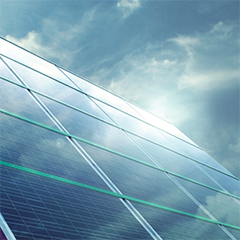Words: Jayesh Goyal, Chief Commercial Officer, Younicos
With both PV and battery costs in equally steady and spectacular decline, solar photovoltaics (PV) plus storage is generating a lot of attention. Indeed, with PV bids coming in at record lows in both sunny ($0.03/kWh in Morocco and Dubai) and not-so-sunny regions (¤0.08 in Germany), storing the power of the sun is becoming an attractive business case, if not to say a “no-brainer.”
Nonetheless, I’d like to make the case for some cranial activity, because a closer analysis of developments could help prevent making rash decisions that might harm your bottom line. At the same time, a thorough understanding of both the economic and technological drivers of this rapidly emerging space will enable you to choose the best setup for your business and energy needs.
Adding storage is trending
Today, we see a number of PV technology players trying to add storage to their package. Often, they do this to differentiate themselves in the competitive solar market, even if a bid does not require storage. PV has become such a commodity market that some suppliers want to provide storage simply to promote the obvious benefits that it provides. Whether or not the storage will actually deliver over a project’s 20+ year lifespan seems of secondary importance.
There is a second, much more important element to consider. Markets that have already integrated a high share of renewables are starting to see the value of the additional services that generation plants can provide, such as more stable output. Moreover, utilities are actually beginning to require that some storage – although not large quantities of it, due to the expense for PV tenders. While utilities may have been willing to pay $70 /MWh for a PV plant with no storage, they may now offer up to $90 or $100 /MWh – if the plant has firm power and additional benefits.
Such a premium by the utility or grid operator is clearly a strong driver of PV plus storage. Also having the ability to shift the generation profile – at least a little – may help to realise additional revenues. Furthermore, storage may allow you to do some arbitrage by charging batteries at night – when there may be cheap power available – and then using this power when it is really needed, i.e., during peak time.



























